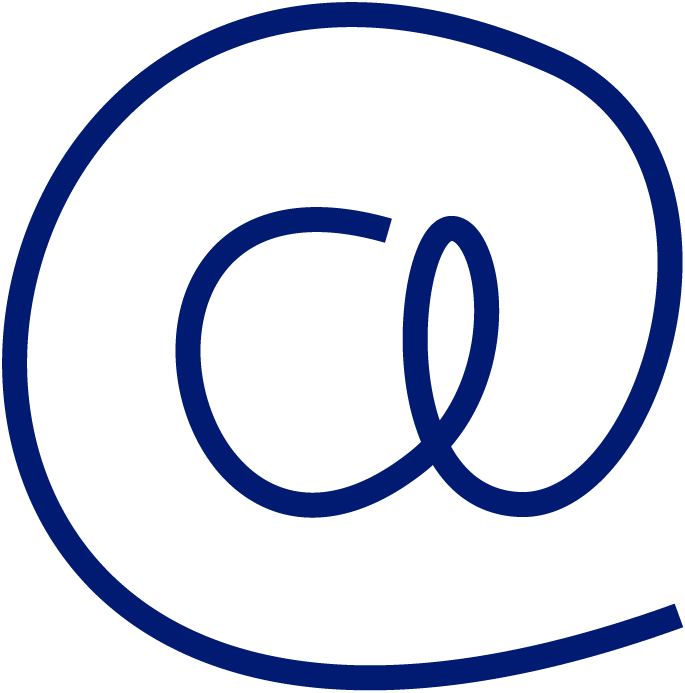
Hybrid working is the new agile way of working. It involves alternating between working in the office and remotely. Most organizations now follow this model, so an ‘office-based’ approach is no longer compatible with the current scenario.
Everyone is living this new experience and it impacts on our behaviours, habits, and the way we organize work and private life. How can we manage our life in this new reality?

At Cegos we have identified some useful ideas.
Working area
Let's start from the first simple but essential point: creating a comfortable and functional work environment. Sometimes a chair and a table are not enough. The space should be used intelligently to contribute to our efficiency. You don't need a big space or large furniture. The important thing is the arrangement of the elements; the light, the colours and everything else that can help us feel our best at our workstation.
Proximity
Proximity is an essential part of all of us. I am not only speaking of physical proximity, but also of ‘presence’. Feeling close to people and working on relationships satisfies our primary needs. It also contributes to our well-being. We already have many tools to connect us with anyone, anywhere. What we really need to work on is trust, communication skills, shared procedures, common goals and developing a sense of identity and belonging.
Working remotely could potentially weaken the sense of belonging to an organization. However, we must not think the organizational culture can be simply confined to an office. It forms a crucial part of the values of the organization that must be promoted, shared, welcomed and exercised every day.
Time management
Time is a fixed and very scarce resource, but it can be optimized to better manage our activities.
Here are some basic rules:
- Define priorities and urgencies
- Draw up a to-do-list
- Estimate the duration of activities, providing ‘buffer’ time slots to manage unexpected events
- Use supporting technology tools
- Segment the activities into micro-activities, especially for complex projects
Workload management
Our brain is subjected daily to information overload. In the current scenario, one of the most common difficulties is maintaining focus and concentration, especially when there are inputs from different sources such as emails, mobile and PC notifications, and phone calls.
Here are some tips to facilitate concentration:
- Set a concrete goal
- Avoid interruptions
- Knowing how to say “no” with the right assertiveness
- Take advantage of morning hours and respect your own biorhythm
- Increase the time and frequency of your concentration (move ahead, create rituals, etc.)
Positive thinking
Adopting a positive approach builds healthy relationships with others and allows you to see situations from different perspectives. This helps you to accept diversity, and control anxiety and fear.
Become an influencer
It is very important to grow our area of influence. We can do that in many ways. First, try to be proactive in proposing ideas and initiatives, and bring out the value and benefits for all parties involved. For both these actions, it is necessary that relationships are based on trust and ‘proximity’. Indeed, influencing does not mean manipulating, which is obtaining something in a forced way. Influencing means being explicit in your goals and being open to each other, in order to achieve long-lasting cooperation.
Free thinking
Creativity and lateral thinking are essential for dealing with complex problems and fostering innovation. The good news is that we are all be creative in our own way. It is crucial, then, to find the right inputs and to train lateral thinking.
Firstly, observe reality. Reality is the main source from which we receive many inputs and inspires us to create.
Secondly, live new experiences, different from the ordinary ones. It helps to be creative and have an open mind.
Get Fit
Getting fit is very important, both physically and mentally. In a context where the concept of ‘work-life balance’ is growing, the search for that balance is fundamental for our mental health. Let us remember to dedicate some time for ourselves, maintain a dynamic lifestyle and not neglect simple and constant physical activity, which also has an impact at a psychological level.
When you follow these simple steps, you can enjoy a more effective hybrid working experience. If you would like to learn more tips and tricks, check out our video on 8 hybrid working practices (in Italian, for English subtitles, use YouTube translation).
In our next article, we’ll look at the concept of hybrid learning – what it is and why you should consider adopting it in your organisation.
If you need help incorporating a hybrid working environment, get in touch with Cegos today.








